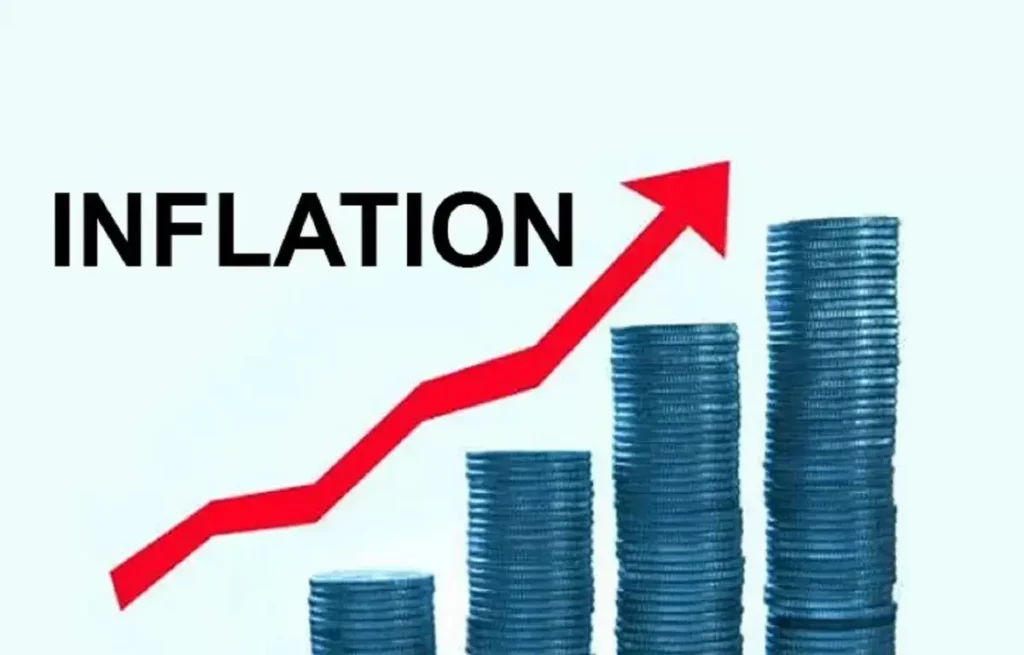
What is inflation?
Inflation is a quantitative measure of the increase in the price of goods and services in an economy. Inflation is caused by an increase in demand of goods and services, which outpaces the supply. This high demand for goods and services creates a decrease in its availability (shortages), and is most often associated with an increase in costs/prices. When supply is lower than demand, prices naturally tend to increase; since consumers are more willing to pay higher prices, manufacturers and service providers charge a higher price. Inflation can increase as a result of supplies decreasing for many reasons: a natural disaster, such as a flood that can ruin crops; the recent pandemic which disrupted the supply chain; an increase in the demand for housing, outpacing the supply of building materials; and more recently the effects of global conflicts/crises.
How is inflation measured?
The most common/popular metric to measure inflation is the rate of increase in the Consumer Price Index (CPI) – by the U.S. Bureau of Labor Statistics. CPI is a measure of the average change over time in the prices paid by urban consumers for a market basket of consumer goods and services (food, housing, clothing, etc.).
Another (less used, however) metric used to calculate inflation and gauge economic stability is the PCE Price Index (Personal Consumption Expenditures), which is preferred by the Federal Reserve to calculate inflation, since the data collection methods of PCE are considered slightly more reliable than CPI.
Recent Inflation Rates
According to U.S. Bureau of Labor Statistics, the annual inflation rate in the US in August 2022 was 8.3%, one of the highest in recent years, from a 40-year record-breaking high of 9.1% in June 2022.
Broken down by sectors:- Inflation of Energy was 23.81%
- Inflation of House Prices was 19.2% (per S&P CoreLogic Case-Shiller Index)
- Inflation of Food was 11.40%
- Inflation of Services was 6.81%
- Inflation of Rent was 6.24%
- etc.
Causes of Inflation
Several factors can drive inflation/higher prices in an economy. Inflation is usually the result of an imbalance of the available supply of goods compared to demand, leading to diminishing inventories (sometimes shortages), higher prices, and a call for a rise in wages. Some causes of inflation:- Cost-push inflation occurs when prices of goods and services rise due to increases in production costs, whether it be raw materials, worker’s wages, or the effects of an unexpected crisis such as natural disasters, or the recent pandemic and other global crises. Companies then pass on this increase in supply costs to consumers, in the form of higher prices.
- Demand-pull inflation is when consumer spending/demand is chasing a limited supply of goods, causing an increase in inflation. Abrupt changes in consumer spending/demand can be caused by governmental fiscal policies (ex: increased consumer spending power as a result of stimulus checks during COVID-19). Additionally, expansionary monetary policy by central banks can lower interest rates for banks to lend, allowing banks to lend more money to businesses and consumers. This increase in money available throughout the economy leads to more consumer spending and demand for goods and services, and if supply stays relatively constant, inflation will hence increase.
Today, several global economies are facing increasing inflationary pressures as inflation rates are reaching record highs, primarily due to several unexpected events/crises occurring within a short period of time. There is a threat of inflation becoming more pronounced/exacerbated over the coming years, and hence it is necessary that we all understand inflation and its causes, to be able to make progress as a community and help mitigate many of its risks/negative effects.


 Raj Mehta – Financial Education Instructor
Raj Mehta – Financial Education Instructor